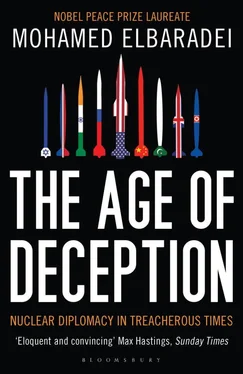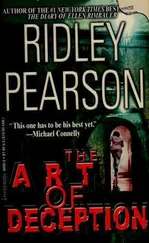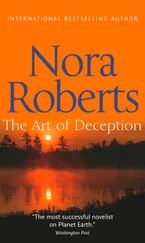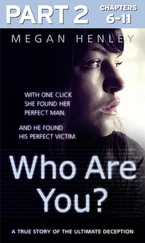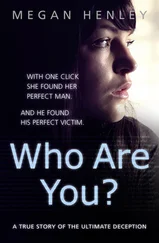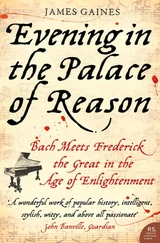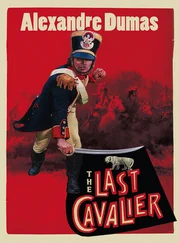At this point, I had taken over from Hans Blix as the IAEA Director General. Early on the morning of December 16, Vienna time, I was woken by a call from John Ritch, the highly regarded U.S. ambassador to the IAEA. Ritch told me of his government’s advice to withdraw the IAEA and UNSCOM inspectors and noted that Butler had already moved to take that advice. Because the IAEA relied on UNSCOM for logistical support, we really had no option but to leave.
After talking to Ritch, I called the UN secretary-general, Kofi Annan, who was in Morocco, waking him up to discuss Butler’s action. I was shocked to learn that Annan was not aware of the decision.
The inspectors left that day. The four-day bombing campaign commenced immediately, reportedly targeting various Iraqi military sites, including weapons R&D installations. Officially, the bombing was characterized as a response to Iraq’s continued failure to comply with UN Security Council resolutions and its interference with the work of the UN inspectors.
UNSCOM was discredited. The Butler report was decried as patently unfair. The Chinese, French, and Russian governments were angered by the undue U.S. influence on UNSCOM as an international inspection body. UNSCOM was no longer trusted to serve the international community as a credible representative of the United Nations.
In January 1999, I wrote a non-paper [28] In diplomatic parlance, a non-paper is a written proposal or set of ideas put forward informally, without commitment and often without formal attribution, as a way of engendering discussion or suggesting a basis for negotiation.
entitled “Arms Inspections in Iraq” for the Security Council, laying out the parameters of how to restore and maintain the integrity and credibility of a WMD verification system. I spelled out the need to decouple the inspection body from the Security Council, to avoid politicization. I recommended staffing the organization with international civil servants, rather than relying on “experts” on detail from their governments, who might put their national loyalties first. I recommended clearer rules for the inspections, with more defined technical objectives. I explained the importance of a geographically diverse technical inspection staff. And I explicitly called for the organization to respect the religious and cultural sensitivities of the inspected country, on which UNSCOM in many cases had trampled in Iraq.
Kofi Annan congratulated me on the non-paper, as did the Russians and others. The U.S. State Department, however, was furious that I had not consulted with them before circulating it. John Ritch came to warn me that some U.S. officials were threatening to ask William Safire, Charles Krauthammer, and other conservative columnists to launch an attack on my credibility.
With regard to Iraq, though, UNSCOM’s standing no longer mattered. The damage had been done. Within the year, the Special Commission was dismantled by the Security Council, to be replaced by UNMOVIC, [29] United Nations Monitoring, Verification and Inspection Commission, created by Security Council Resolution 1284 in December 1999.
a new agency with different rules of operation. But following Desert Fox, Saddam Hussein would not agree to readmit the IAEA and UN inspectors for four years. That absence laid the groundwork for suspicion that Saddam Hussein was reconstituting his WMD programs—which, in turn, would form the pretext for another war.
Although the IAEA’s successful dismantling of Iraq’s nuclear program silenced many of its critics and detractors and was a testimony to the Agency’s effectiveness, from an Iraqi standpoint, the inspection process had culminated in Desert Fox, sending them a harsh message. To them, the Americans were not interested in the elimination of Iraq’s nuclear program. The Iraqis understood that there would be no light at the end of the tunnel, no matter what they did. Desert Fox convinced some that the goal was not WMD disarmament, but rather regime change. In any case, their distrust of the inspection process only grew.
Four years later, when the inspections resumed, we saw this bleak sentiment expressed in the dispirited eyes and cynical statements of our Iraqi counterparts.
2
NORTH KOREA, 1992–2002
The Case of the Missing Plutonium
When I arrived in Pyongyang, North Korea, on December 4, 1992, my first thought was to be grateful that the flight had landed safely. My colleagues and I had traveled from Beijing to Pyongyang on Air Koryo, the North Korean airline, our aircraft an aging Soviet model. It hadn’t escaped my notice that, before departure, the pilot had checked the air pressure by kicking the tires with his foot.
Our handlers bundled us into government cars—old 200-series Volvos—and we headed into the city. It was midafternoon on a Friday. We were told that the basic mode of transportation for the common person was walking; there was a subway, but it did not connect the whole city, and most people were too poor to afford bicycles. We were permitted to walk about, but we saw few people on the streets. Pyongyang was a ghost town. The overall feeling of the place was eerie, the public spaces dominated by huge statues of Kim Il Sung, the “Great Leader” (and father of the current “Dear Leader,” Kim Jong Il). On Saturday morning, we were told, every North Korean official would be attending the party headquarters for “education.”
They put us up at the Hotel Koryo, the best hotel in town. Creature comforts were limited; the hotel was excessively expensive for what it offered. There was little to no presence of electrical lighting. The food was very basic, with few choices: noodles, meat, and kimchee; no fruit or salad. If you wanted an orange, you could get it only at the hotel’s tax-free shop, paying with hard currency. And despite it being winter, the heating at the hotel was at a minimum. We had to pile on layers during the night.
In my room, I turned on the television. It was an old black-and-white model. The only channels I could get were showing films about World War II and the Korean War, with a heavy emphasis on the suffering and killing of North Koreans at the hands of the Americans and their allies.
The next evening, our hosts took us to the opera for an evening of entertainment. It was a series of staged patriotic songs. Each one ended with the Korean soldiers killing their American counterparts. It reminded me of a similar opera I had attended in Beijing in 1977, just after the end of the Cultural Revolution.
This 1992 visit to Pyongyang was a result of serious concerns regarding North Korea’s nuclear program. North Korea had signed the Nuclear Non-Proliferation Treaty in 1985, but it had taken seven years to complete its obligatory comprehensive safeguards agreement with the Agency enabling the IAEA to verify the country’s nuclear program. The safeguards agreement had gone into effect in April 1992. On May 4, North Korea had, as required, submitted its initial declaration of nuclear materials to the IAEA. According to the declaration, North Korea had seven sites and about ninety grams of plutonium subject to IAEA inspection. As in every safeguards agreement, the Agency was now charged with verifying that these nuclear facilities and materials were intended exclusively for peaceful purposes.
But by midsummer, questions had begun to emerge. According to North Korea, the plutonium had resulted from a single reprocessing of defective fuel rods in 1989. Of the ninety grams of plutonium produced, sixty grams were verified by the Agency during its first inspection. The North Koreans claimed that the remaining thirty grams had not been successfully extracted and were present in the waste. But the analysis of environmental samples taken by the IAEA inspectors said otherwise.
Читать дальше
